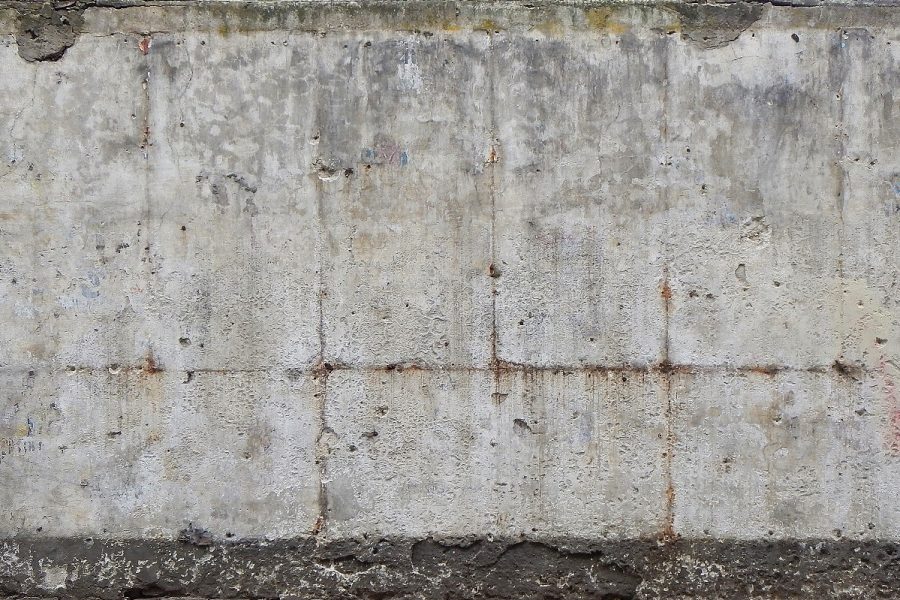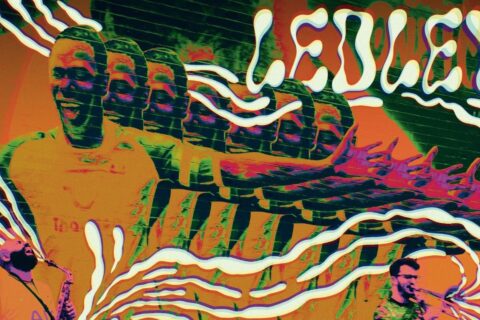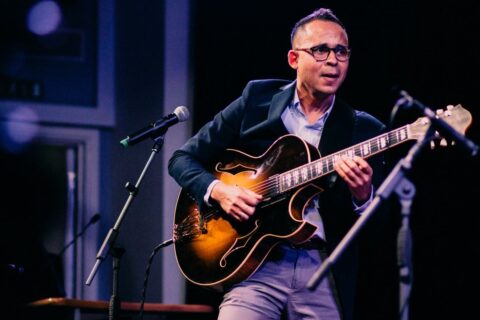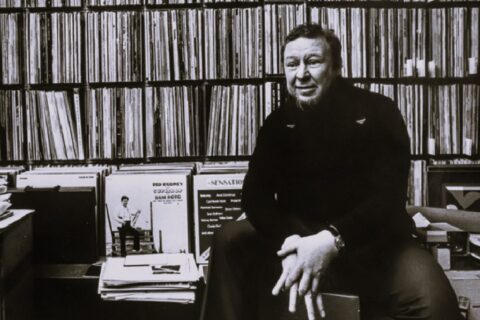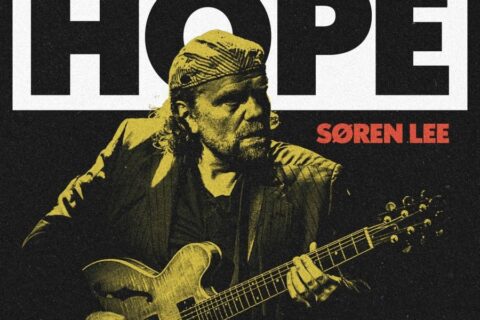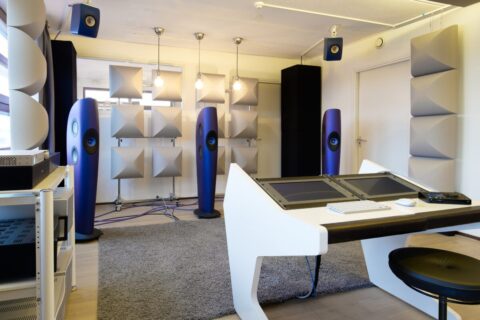concrete:
”existing in a material or physical form; not abstract (concrete objects like stones)”
”a building material made from a mixture of broken stone or gravel, sand, cement, and water, which can be spread or poured into moulds and forms a stone-like mass on hardening (slabs of concrete)”
Musique Concrète
”Musique Concrète (concrete music) is the experimental technique of musical composition using recorded sounds as raw material. The principle uses the assemblage of various natural sounds to produce an aural montage.” (Wikipedia)
The former condition is more or less right (originally musique concrete was contrasted with “pure” electronic music based solely on the production and manipulation of electronically produced sounds rather than recorded sounds). Depending on what is meant by ”natural”, the second condition is true or false.
The idea behind Musique Concrète is, simply put, that the composer selects a number of “concrete” sounds and manipulates and arranges them so that the sequence becomes a piece of music. Musique concrete is thus best understood as a compositional practice rather than a musical genre. The bottom line is that pieces of music concrete contain no traditional musical instrumentation, and are not based on the traditional music theory (do not operate on standard musical rules regarding eg. melody, harmony and rhythm).
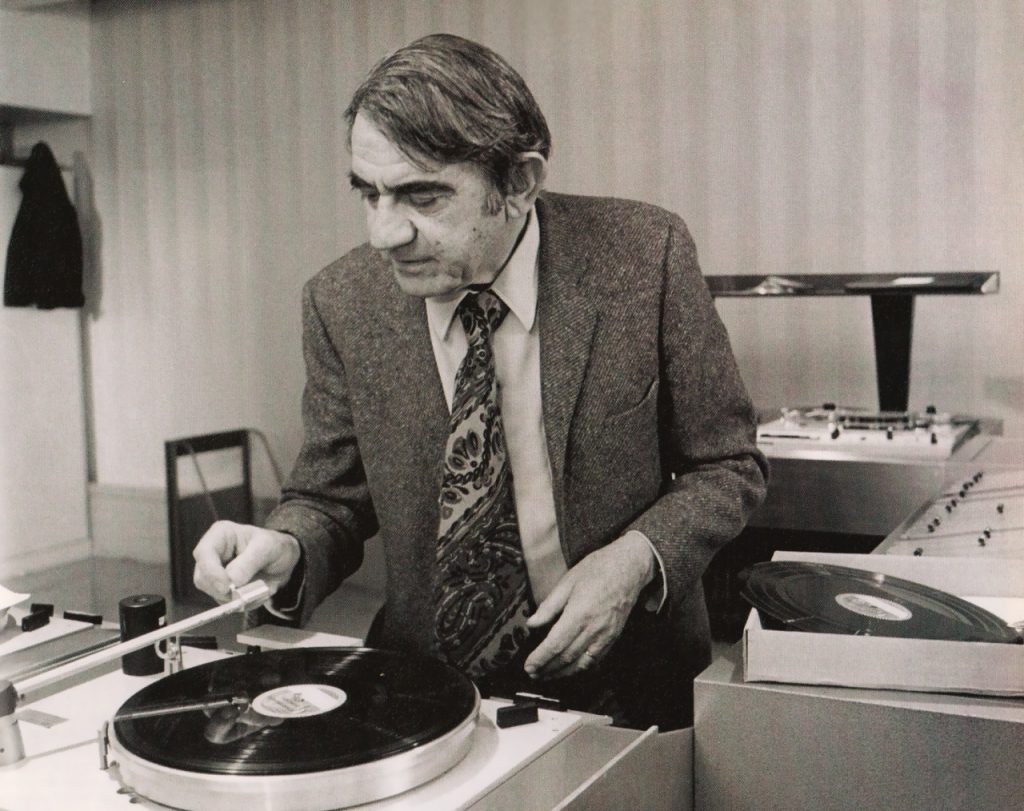
The theoretical basis of musique concrète was developed by the French composer Pierre Schaeffer in the first half of the 20the century. He worked for the RTF (Radiodiffusion-Télévision Française) in their radiophonic projects already in the 1930s, and in that capacity produced sounds for various radio programs. It was at that time when it occurred to him that the same sounds could serve for other, purely musical purposes, and not just as sound effects of radio programs.
It wasn’t long before he started to hear radiophonic sound effects as a basis for sounds of new music. Out of this experience Schaeffer begun to develop a special techniques of composing music. The new style would be based solely on the use of ”concrete sounds” without the sounds being linked to radio expression or anything else external, or that the sounds would be just traces of activities and/or events.
In spring 1948, Schaeffer published his first composition Étude aux chemins de fer. The work is widely recognized as the first piece of Musique Concrète ever.
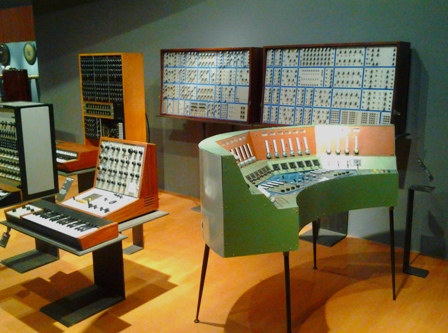
Schaeffer’s firm intention was to break the ties of the sounds with reality even though the sounds he used were “real sounds”. He wanted people to listen and focus purely on the sounds without thinking of their origin. In Scaeffer’s time, it was a beautiful and courageous idea, although often impossible to realize. The sound of a locomotive is heard as the sound of a locomotive even when its included in the work of musique concrete (as in Etude aux chemins de fer). Nevertheless, musique concrète is still best understood as a form of experimental music in which sound identities are deliberately obliterated and obscured or entirely unconnected to their source.
There’s been some debate on which sounds qualify as material for musique concrete. Schaeffer himself had conflicting ideas about this question. There seems to be a consensus nowadays that, in principle, material for concrete music can be any sound that is recorded and edited in the studio (eg. sounds derived from recordings of musical instruments, the human voice, and the natural environment as well as those created using synthesizers and dsp-devices). All these would meet Schaeffer’s definition of “sound objects”, by which he just meant sounds that have been removed from their original context.
His ultimate aim was to develop a taxonomy or a catalogue for all known sounds according their principal characteristics. Instead of pitches, volumes etc. Schaeffer described sounds by the degrees of timbre, pitch, rhythm, density, and so on. Schaeffer thought his montages shared some key properties with Stravinsky’s polytrhythmic works.
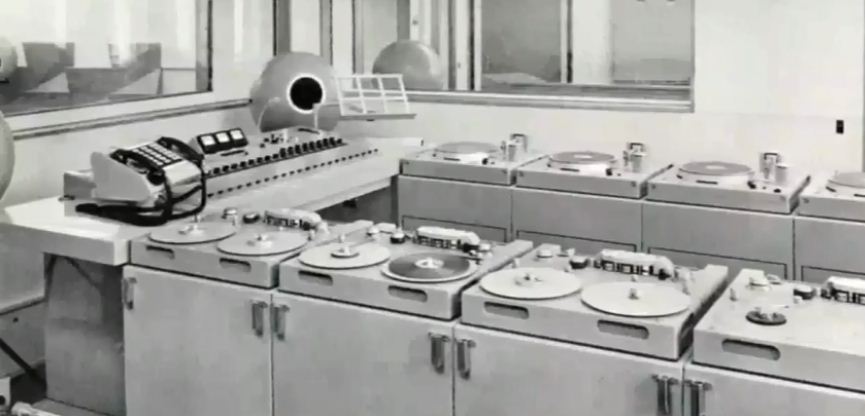
A lot has been written on musique concrete and on Schaeffer over the past 20 years. The interest stems at least partly from the rapidly growing popularity of electronic and electro-acoustic music especially in the field of Western popular and art music.
Schaeffer’s own texts (in French) have not been extensively translated to other languages, a reason being that, although Schaeffer is considered to be a conceptualist rather than a composer, his texts are not strictly theoretical. It is his followers who have made the necessary definitional work later better.
Nevertheless, it is generally acknowledged that it was Pierre Schaeffer who introduced the key techniques of studio composing, which established the basis for the creative use of the studios for composing electronic music.
Like so many composers of electronic music, Pierre Schaeffer wasn’t an educated musician/composer – a possible reason for why he could think “out of the box” and compose his unconventional pioneering pieces.
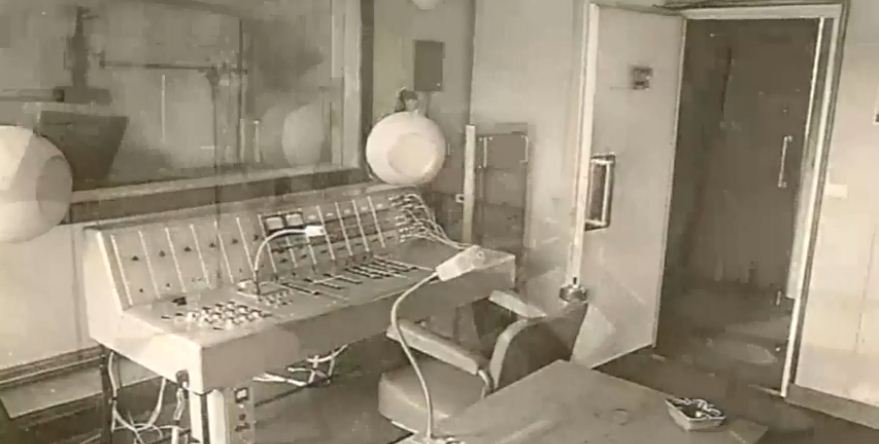
Works of music conrete
Schaeffer “composed” his first series of etudes with a recording turntable directly onto a record. The etudes were based on sounds of recognizable musical instruments (piano, harmonica, percussion instruments). The discs were played back simultaneously through a mixer and by manipulating the turntable performance, especially speed/pitch variations.
No tape recorders were available for him before the beginning of the 1950s when RTF gave Schaeffer a new studio with a variety of special purpose machines allowing him to play eg. with delay and reverberation effects as well as with a reverse playback. The new RF Studio was also equipped with a five-track sound system with five loudspeakers.
The RTF studio soon became active, and provided various composers such as Pierre Boulez, Olivier Messiaen, Karlheinz Stockhausen, and Pierre Henry, with the possibility to work with the new technology. It was Schaeffer’s work in particular that had a central role in defining the style.
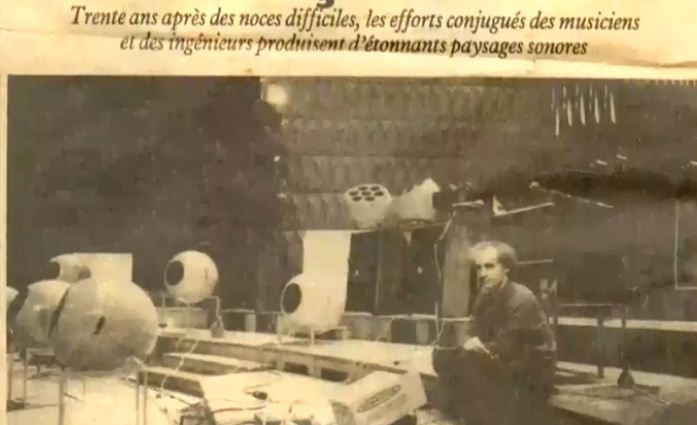
Pierre Schaeffer’s whole musical production exists in the form of a box of 4 CDs. The nowadays rare set was published already 20 years ago and has been long sold out.
https://www.discogs.com/Pierre-Schaeffer-L%C5%92uvre-Musicale/master/338981
One of the CDs contains Schaeffer’s presentations of musique concrete.


